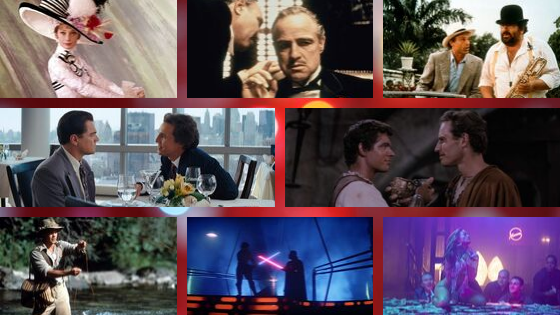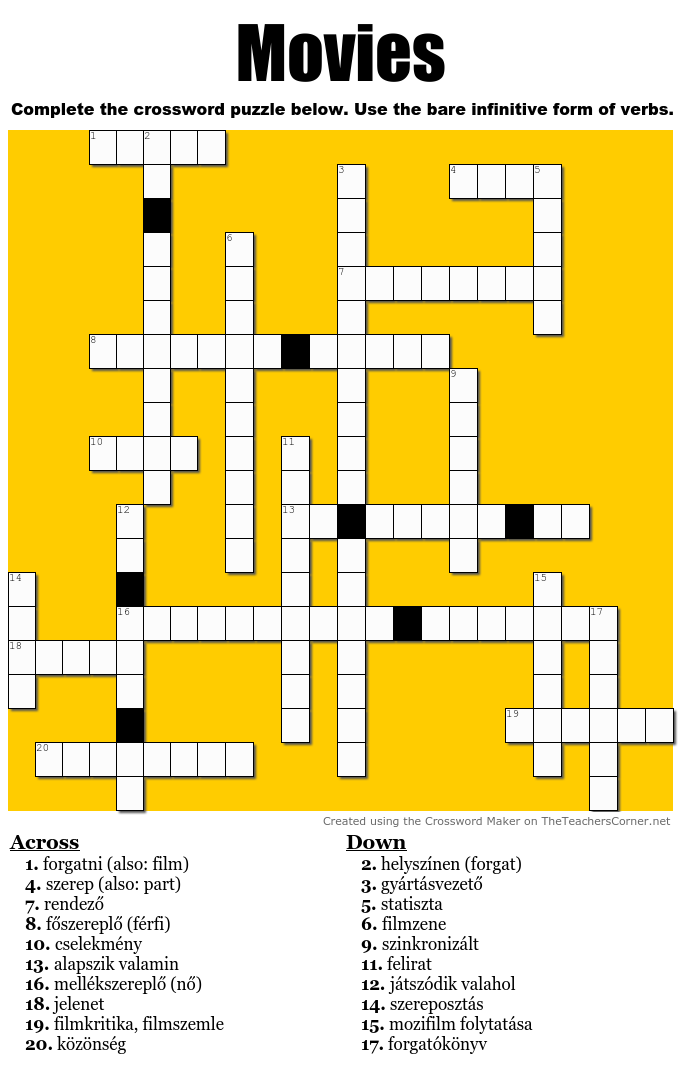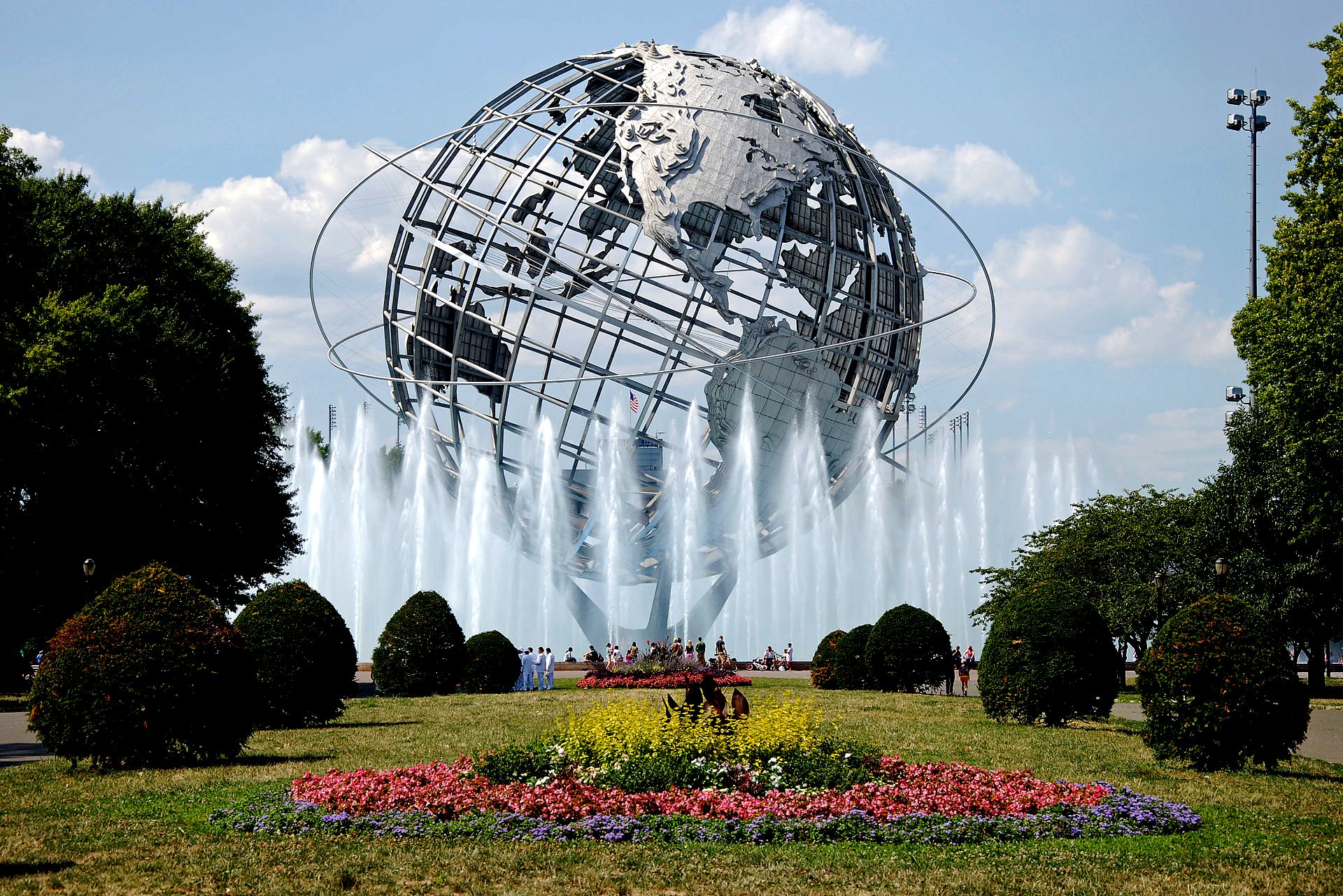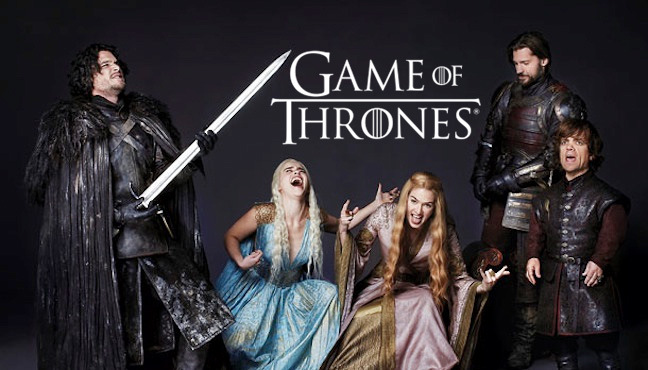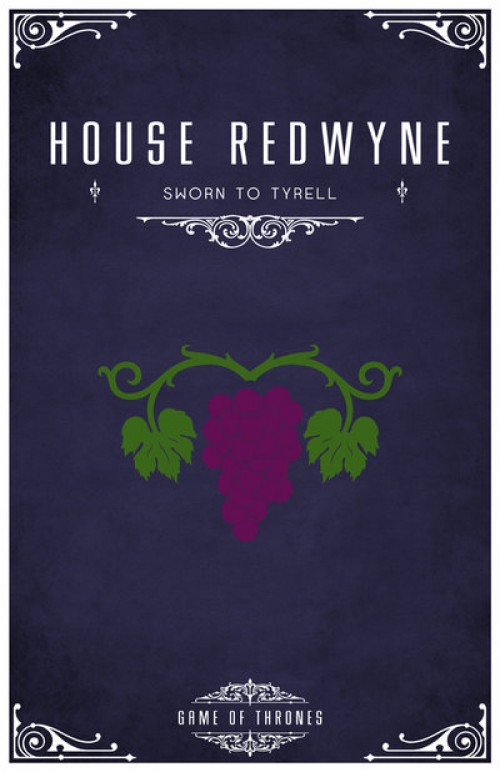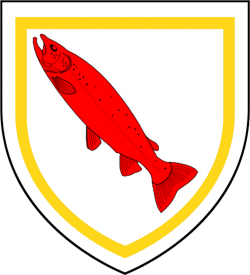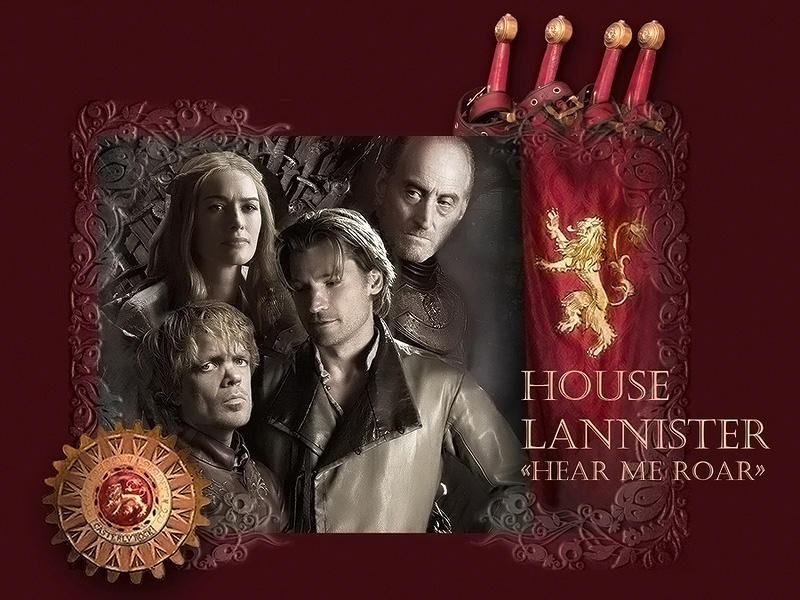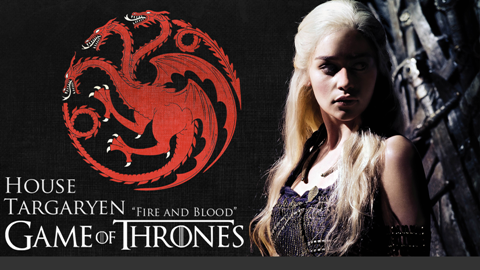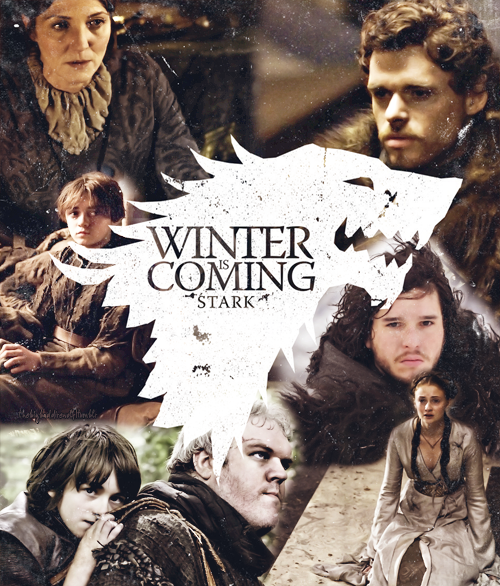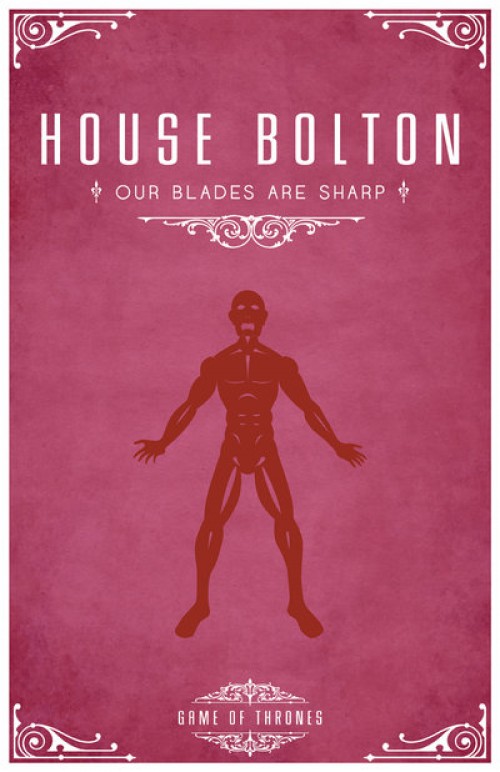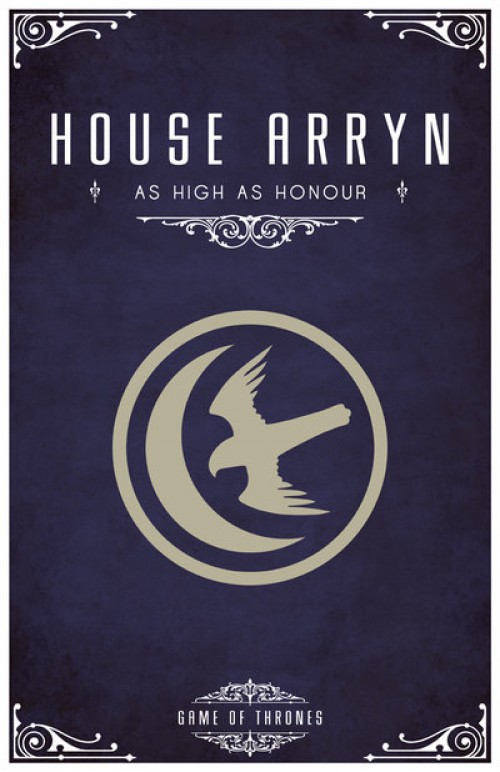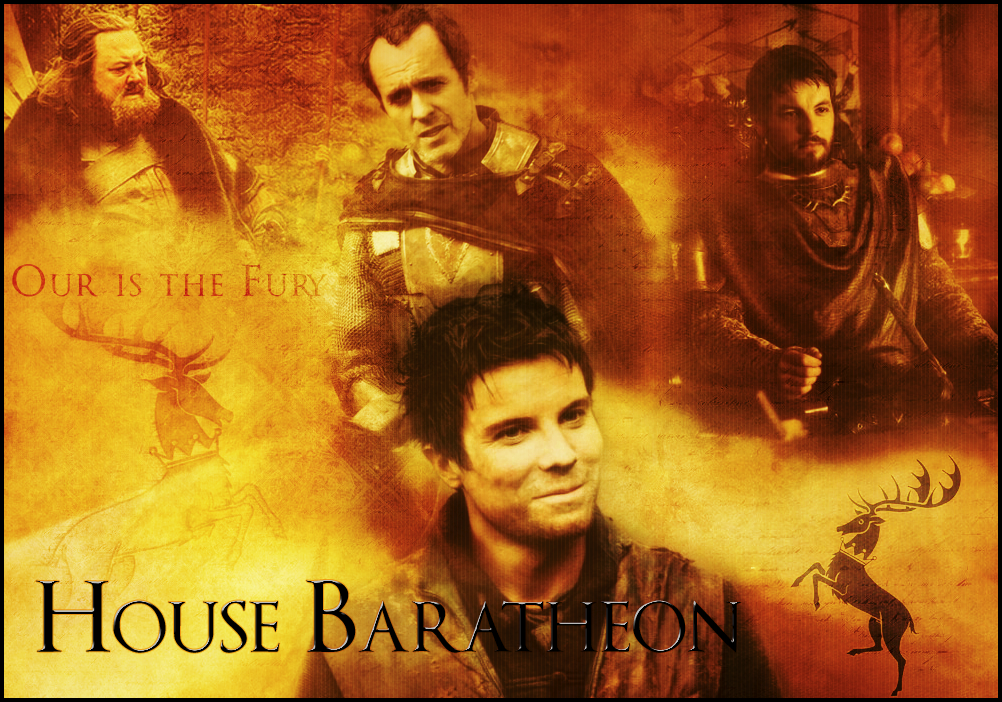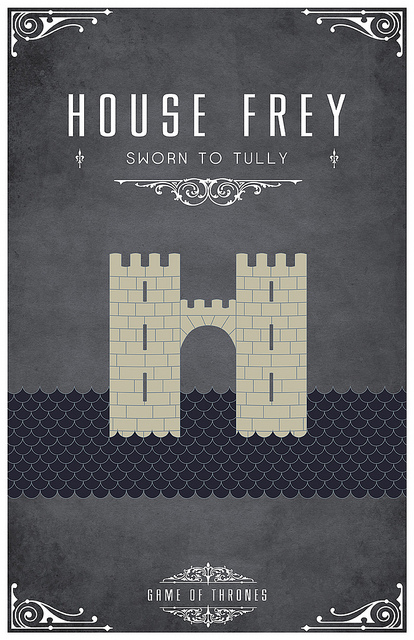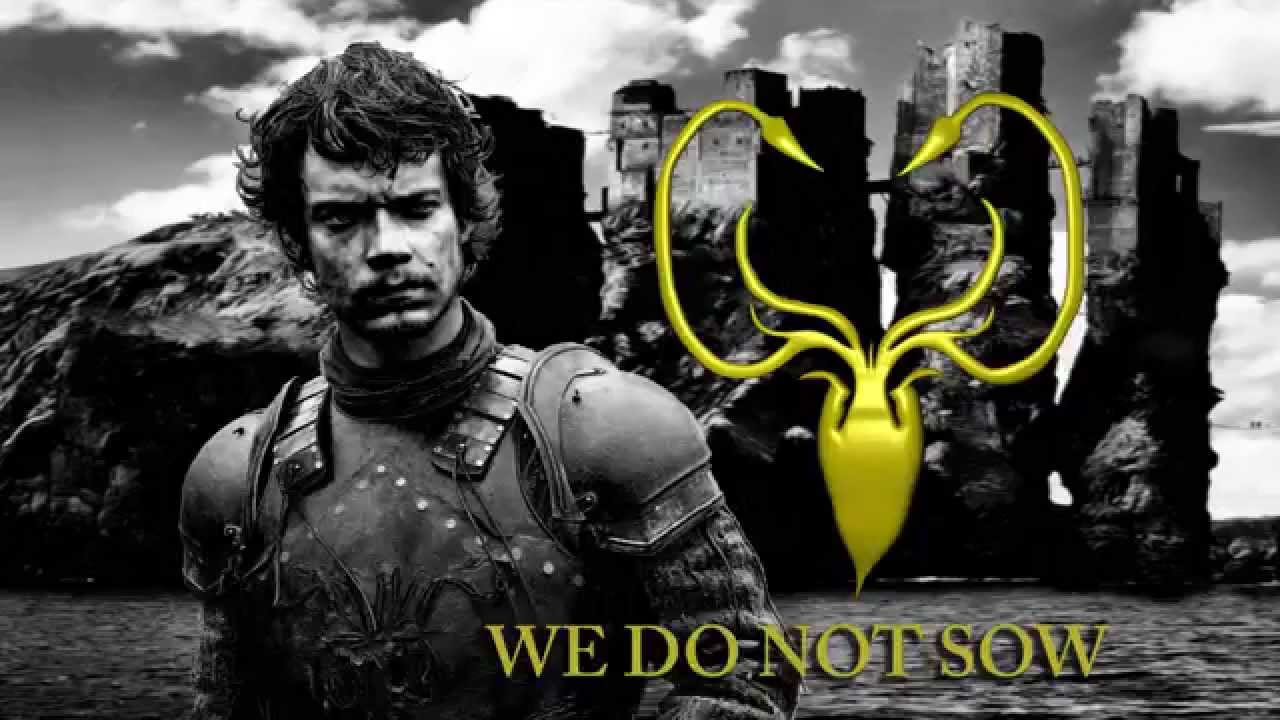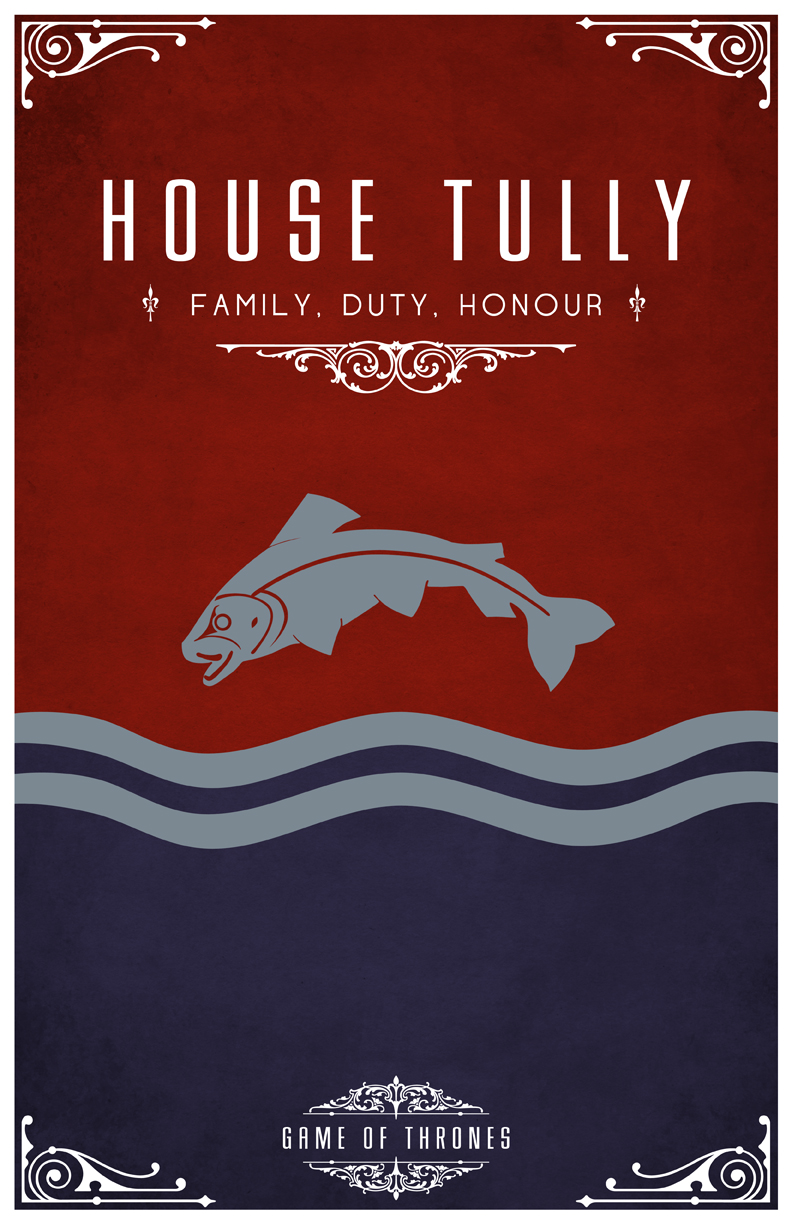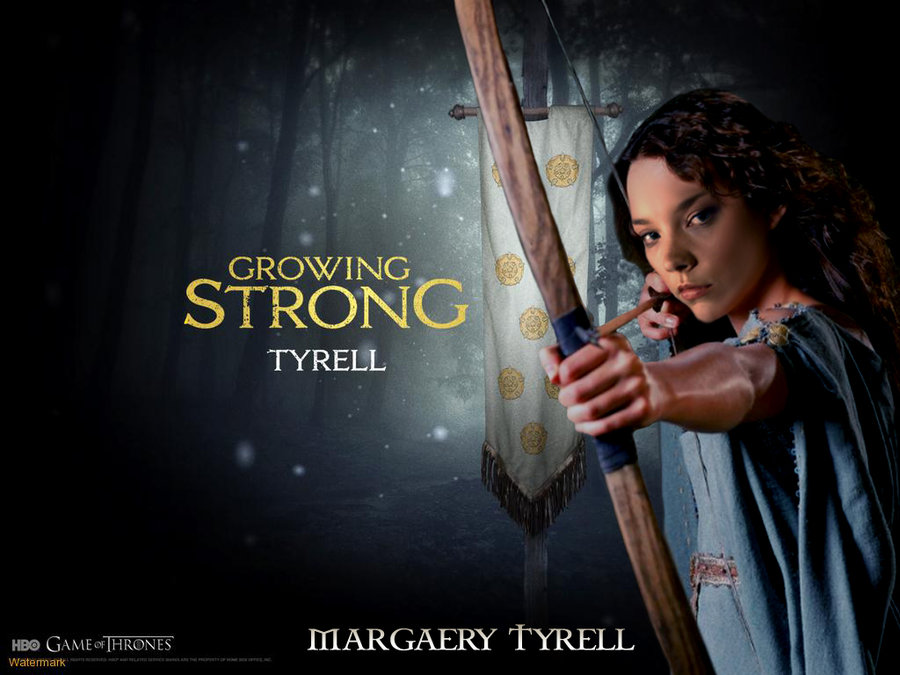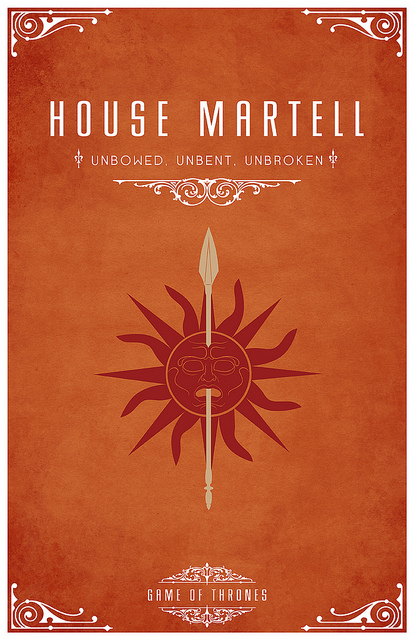Angol tanulás, Angol magánoktatás ONLINE ÉS OFFLINE! Angol Kulturális és Nyelvi Klub
ANGOL HALLOTT SZÖVEGÉRTÉS - Iconic Film Locations - VIDEO ANGOL - LISTENING feladat
Angol tanulás online és offline, akárhol vagy bárhol! English-Online.hu :) Nyelvtanulás és szórakozás egy helyen!
KATTINTS A FENTI KÉPRE AZ ONLINE KVÍZHEZ!!!
Watch and listen to the INFORMATIVE VIDEO about Iconic Movie Locations by Oxford University Press and mark the sentences (below) TRUE (T) or FALSE (F).
1. Jingodo has lived in New York since she was born.
2. She loves being able to see famous film studios wherever you go.
3. N.Y.C. is full of secret alleyways like Cortlandt Alley.
4. Well-known features of N.Y. alleys are rusty Fire Department buildings, human waste on the ground and graffiti on the walls.
5. Crocodile Dundee, Men in Black and other American cop shows were filmed in New York alleys similar to Cortlandt Alley.
6. Today there are very few alleys in N.Y.C. and they’re relatively safe.
7. The main attraction in Flushing Meadows - Corona Park, Queens is the Unisphere, which appeared in the most exciting scene of Men in Black.
8. The Space Age creation was constructed for the New York World’s Fair in 1964.
9. The Empire State Building is located in Manhattan and was completed 1941.
10. At the time of its construction it was the tallest building in the world.
11. The movie King Kong starred the huge skyscraper in the same year it was opened.
12. Visitors who saw some movies set in New York usually feel they have been there before.
Hogy tetszett az HALLOTT SZÖVEGÉRTÉS feladat?
Ha megért egy LIKE-ot, nyomj egy LIKE-ot! :D
Magánórát vennél? ITT léphetsz kapcsolatba velem.
Szókincsbővítő feladatot ITT találsz!
Nyelvtani posztot ITT!
Szövegértést ERRE!
Listeninget? ÍME!
Cheers,
English-Online.hu
20 KLASSZIKUS MESE CÍME ANGOLUL!!! - interaktív angol kvízzel ONLINE
Angol tanulás online és offline, akárhol vagy bárhol! English-Online.hu :) Nyelvtanulás és szórakozás egy helyen!
Néztél valaha Walt Disney filmet eredeti nyelven? Nem fúrja az oldalad a kíváncsiság, hogy mi az angol címe a Csipkerózsikának, A rút kiskacsának, A 101 kiskutyának, a Micimackónak vagy a Notre Dame-i toronyőrnek?
Nos, ha nem villanyoz fel a téma, még nem vagy elég őrült angolozós! :) Ha viszont igen, ez a poszt egy hiánycikket kínál fel csak a Te szórakoztatásodra! Találd meg a 20 elemű kétnyelvű mesetár párjait!
A LENTI KÉPRE VAGY IDE KATTINTVA ONLINE IS MEGOLDHATOD A KÖNNYEBB, PÁROSÍTÓS MESECÍM KVÍZT!!
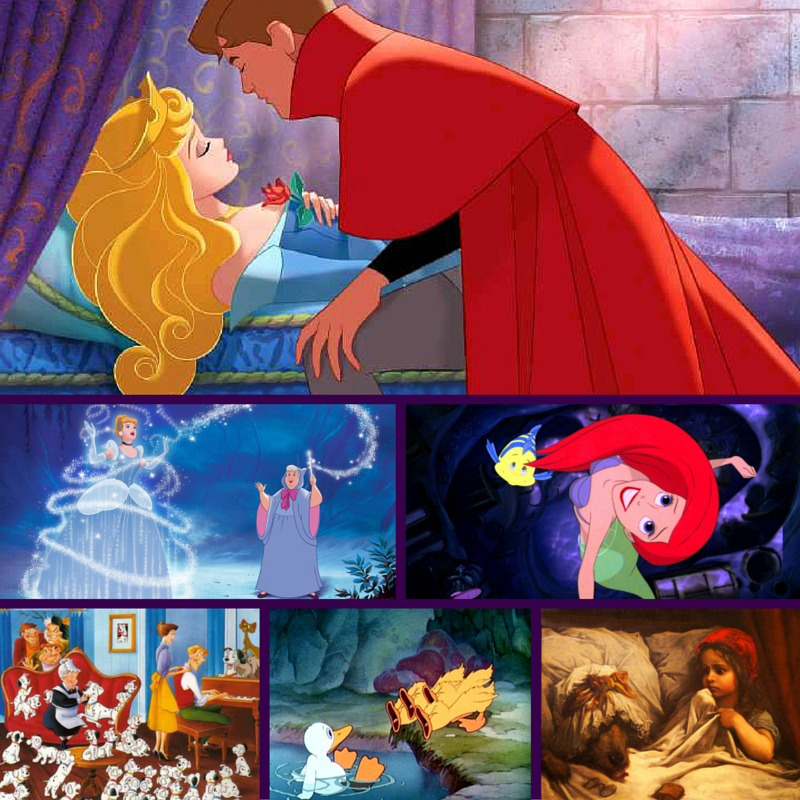 NEM JELENIK MEG A TARTALOM MEGFELELŐEN? VÁLTS TELJES NÉZETRE EGYETLEN KATTINTÁSSAL!
NEM JELENIK MEG A TARTALOM MEGFELELŐEN? VÁLTS TELJES NÉZETRE EGYETLEN KATTINTÁSSAL!
Párosítsd a címeket (1-20.) és (a-t.)!
| 1. A kis hableány | a. The 101 Dalmatians |
| 2. A kis gyufaárus lány | b. Aladdin and the Wonderful/Magic Lamp |
| 3. Alice Csodaországban | c. Ali Baba and the Forty Thieves |
| 4. A Békakirály | d. Alice in Wonderland |
| 5. Borsószem hercegkisasszony | e. Beauty and the Beast |
| 6. Csipkerózsika | f. Bugs Bunny |
| 7. A dzsungel könyve | g. Cinderella |
| 8. Hamupipőke | h. The Frog Prince |
| 9. A három kismalac | i. The Hunchback of Notre Dame |
| 10. Hófehérke és a hét törpe | j. The Jungle Book |
| 11. Ali baba és a negyven rabló | k. The Little Match Girl |
| 12. Aladdin és a csodalámpa | l. The Little Mermaid |
| 13. Micimackó | m. Little Red Riding Hood |
| 14. A Notre Dame-i toronyőr | n. The Lion King |
| 15. Az oroszlánkirály | o. The Princess and the Pea |
| 16. A 101 kiskutya | p. Sleeping Beauty |
| 17. Piroska és a farkas | q. Snow White and the Seven Dwarfs |
| 18. A rút kiskacsa | r. The Three Little Pigs |
| 19. A Szépség és a Szörnyeteg | s. The Ugly Duckling |
| 20. Tapsi Hapsi | t. Winnie-the-Pooh |
A LENTI KÉPRE VAGY IDE KATTINTVA ONLINE IS MEGOLDHATOD A NEHEZEBB MEMÓRIATESZTET A KLASSZIKUS MESECÍMEKKEL!!
Hogy tetszett a kétnyelvű mesetár?
Ha megért egy LIKE-ot, nyomj egy LIKE-ot! :D
Magánórát vennél? ITT léphetsz kapcsolatba velem.
Szókincsbővítő feladatot ITT találsz!
Nyelvtani posztot ITT!
Szövegértést ERRE!
Listeninget? ÍME!
Cheers,
Melinda
English-Online.hu
SON of SAUL - Official Cannes Film Festival Interview + Auschwitz & filmes szószedet + szövegértés feladat
Angol tanulás online és offline, akárhol vagy bárhol! English-Online.hu :) Nyelvtanulás és szórakozás egy helyen!
"Eldöntöttük, már jóval a forgatás előtt, hogy ragaszkodni fogunk egyfajta dogmához: a filmnek nem szabad szépnek lennie, a film nem lehet tetszetős, nem készíthetünk horror filmet...Saul nézőpontjánál maradni egyet jelent azzal, hogy nem lépünk túl az ő látóterén vagy azon, amit ő hall, a jelenlétén...a kamera az útitársa és vele marad mindvégig ebben a pokolban" (Nemes Jeles László)
Hivatalos Cannes interjú angolul Nemes Lászlóval, készítette: Antoine de Baecque.
SZÖVEGÉRTÉS FELADAT: Az interjú elolvasása után állapítsd meg, hogy a szöveg végén található állítások igazak (TRUE) vagy hamisak (FALSE).
A segítő Auschwitz+Movie Making szószedetet szintén a szöveg végén találod.

When we were making A londoni férfi (The Man from London), in Bastia, the shoot was interrupted for a week and in a bookstore I found a book of eyewitness accounts published by the Shoah Memorial called Des Voix sous la cendre (Voices from beneath the Ashes), also known as “The scrolls of Auschwitz.” It’s a book of texts written by former Sonderkommando members from the extermination camps who had buried and hidden their written testimonies before the rebellion in 1944. The actual documents were found years later. They describe their daily tasks, how the work was organized, the rules by which the camp was run and Jews exterminated, as well as how they put together a certain form of resistance.
What was the Sonderkommando? What did its members do?
They were prisoners chosen by the SS to escort new transports of prisoners to the gas chamber buildings, to get them to undress, reassure them and lead them into the gas chambers. After, they would remove and burn the corpses all the while cleaning the space. And it all had to be accomplished very quickly because other prisoner convoys were already on the way. Auschwitz-Birkenau functioned like a factory producing and eliminating corpses on an industrial scale. In the summer of 1944, it was running at full capacity: historians estimate that several thousand Jews were assassinated there every day. During the course of their mission, the Sonderkommandos were given a relatively preferential treatment. They were allowed to take food found in the transports and, within the confines of their perimeter, have a relative freedom of movement. But the task they were assigned was grueling and they were regularly eliminated every three or four months by the SS in order to ensure that there were no witnesses to the extermination.
Was your family affected by the Shoah?
A part of my family was assassinated in Auschwitz. It was something we talked about every day. When I was little, I had the impression that “evil had been done.” I imagined it like a black hole burrowed within us; something had broken, and my inability to grasp exactly what it was kept me isolated. I didn’t understand for many years. Then, the time came for me to reconnect with that specific part of my family’s history.
Why did you choose to use the Sonderkommando accounts?
I have always found movies about the camps frustrating. They attempt to build stories of survival and heroism, but in my mind they are in fact recreating a mythical conception of the past. The Sonderkommando accounts are on the contrary concrete, present and tangible. They precisely describe, in the here and now, the “normal” functioning of a death factory, with its organization, its rules, work cadences, shifts, hazards, and its maximum productivity. In fact, the SS used the word “Stück “ (“parts”) when speaking about corpses. Corpses were produced in that factory. These accounts allowed me to see it all through the eyes of the extermination camps’ damned.
My co-screenwriter, Clara Royer, and I learned together. We read other eyewitness accounts, from Shlomo Venezia and Filip Müller, but also that of Miklós Nyiszli, a Hungarian Jewish doctor who was assigned to the crematoriums. Then of course there was Claude Lanzmann’s Shoah, in particular the Sonderkommando sequences, including the Abraham Bomba account, which remains a reference. Finally, we received the very helpful support of historianslike Gideon Greif, Philippe Mesnard and Zoltán Vági.
Did you forbid yourself anything?
I didn’t want to have to show the face of horror openly, or to recreate the atrocity by going into the gas chambers while people were dying. The film strictly follows Saul’s movements. So we stop at the door of the gas chamber and enter only after the extermination in order to remove the bodies and wash away any traces of what occurred there in preparation for the next group. These missing images are those of death; images that can’t be reconstructed, and shouldn’t be touched or manipulated. Because it is important for me to stay with Saul’s point of view, I only show what he sees; what he pays attention to. He’s been working in the crematorium for four months: as a protective reflex, he no longer notices the horror, and so I relegated the horror to the background, blurred or off screen. Saul only sees the object of his quest; this provides the film with its visual rhythm.
How did you film it?
The cinematographer, Mátyás Erdély, the production designer, László Rajk and I decided well before the shoot that we would stick to a sort of dogma: “the film cannot look beautiful,” “the film cannot look appealing,” “we cannot make a horror film,” “staying with Saul means not going beyond his own field of vision, hearing, and presence,” “the camera is his companion, it stays with him throughout this hell.” We also wanted to use traditional 35mm film and photochemical processing at every stage. It was the only way to maintain a certain instability in the images, and thus be able to film this world organically. The challenge was to strike an emotional chord in the audience – something that digital doesn’t allow for. All of this implied a lighting technique that was diffused, industrial and as simple as possible. It also required filming with the same lens, a 40mm, a restricted aspect ratio, and not something like scope which widens one’s field of vision. We had to always remain at the character’s eye level and stay with him.
Saul wears a jacket with a big red cross on the back…
Yes, it’s a target. The SS used it to make it easier to shoot men who tried to escape. For us, it was a visual target for the camera.
At some point, Saul comes across members of the resistance who are trying to photograph the extermination process.
Something that was strictly forbidden by the SS, of course. In Birkenau, the Polish resistance was able to get one or a few cameras to the Sonderkommando in order to document the extermination. At unbelievably great risk, they were able to take a photograph just before the doors to a gas chamber were closed and then immediately afterwards: naked women approaching the shot; then their piled-up corpses, which were taken outside and burned right there on the ground.
Who is the person who plays Saul?
Géza Röhrig isn’t an actor, but a Hungarian writer and poet who lives in New York. I met him several years ago. He came to mind for the role probably because he is someone who is in constant motion, his facial features and his body are always changing. It is impossible to tell his age, for he is at once old and young, but also handsome and ugly; ordinary and remarkable, deep and impassive, quick-witted and slow. He moves, is given to fidgeting, but also knows how to keep silent and still. This character and your film endeavor to contrast a death ceremony and the death factory, rites and machinery, prayer and noise. When there is no longer any hope, from the deepest part of this hell, Saul’s inner voice says to him: you must survive in order to accomplish an act that bears meaning, a human, age-old, sacred meaning; a meaningful act that is at the very origin of the community of mankind and religions: paying respect to the body of the dead.
Interview by Antoine de Baecque
Reading Comprehension Task:
After reading the interview mark the sentences TRUE or FALSE.
Auschwitz & Movie Glossary
movies= filmek
co-screenwriter= társ forgatókönyvíró
cinematographer= operatőr
poet= költő
GAME OF THRONES: WHICH HOUSE ARE YOU? - Angolozz TRÓNOK HARCA-val!
Angol tanulás online és offline, akárhol vagy bárhol! English-Online.hu :) Nyelvtanulás és szórakozás egy helyen!
Angolozz a TRÓNOK HARCA-val!
Pénzsóvár? Északi? Vérfertőző? Mindenkinek jut egy nemesi ház a Trónok Harcában! Derítsd ki hová tartozol Westerosban ezzel az egyszerű kvízzel!!
YES-NO kérdések 2 nyelven! Nagyon figyeld a számukat!
Segítő szószedet a cikk végén! Hajrá :)
Avaricious? Northern? Incestuous? There's a Game of Thrones noble house for everyone! Find out where in Westeros you fit with this simple QUIZ!
|
START!QUESTION#1: Have people who've not read the books heard of you?(Hallottak rólad azok, akik nem olvasták a könyveket?)
Q#2: Do you believe in finding a peaceful resolution to conflict?(Hiszel a konfliktusok békés megoldásában?)
Q#3: Do you like a nice glass of red wine?(Szereted a finom vörösbort egy csinos kis kupában?)
Q#4: Do you fancy your brother/sister?(Tetszik a tesód? <3)
Q#5: Do you take an uncompromising view on the necessity of debt repayment?(Hajlíthatatlan vagy az adósságok megfizetésének szükségessége tekintetében?)
Q#6: Ey oop! Is tha' Northern?(Északon beszélnek így?)
Q#7: Are you slightly rough around the edges, but basically likable?(Kissé csiszolatlan vagy, de általában véve szerethető?)
Q#8: Are you comfortable around strong women?(Jól érzed magad erős nők körében?)
Q#9: Do you have an approach to health and safety so casual it would make Qatari construction firms blush?(Egészségtudatosságod és biztonságtechnikád láttán a Qatari építőipari cégek csak pirulnának?)
Q#10: Can you make an exception for one woman in particular?(Tudsz kivételt tenni, kifejezetten ha nő van a dologban?)
Q#11: Do you like mucking about on boats?(Szeretsz hajón lófrálni?)
Q#12: Are you - even by Throne's standards - bastard-hard?(Még a Trónok mércéjével mérve is kőkemény vagy?)
Q#13: Could your home be a venue for Gardeners' Question Time?(Szolgálhatna az otthonod egy kertészeti interjúműsor helyszíneként?)
|
GLOSSARY
avaricious= pénzsóvár, kapzsi, szűkmarkú
incestuous= vérfertőző
noble= nemes
fit= beleillik
sigil= pecsét
geddit?= vetted?
a bunch of grapes= egy szőlőfürt
dull= tökkelütött
debt= adósság
a handful of= egy marék
namely= név szerint
incest= vérfertőzés
inbreeding= beltenyészet
mad= őrült
dragon= sárkány
caliente= hot= szexi
decent= rendes
cove= pasi
bastard= fattyú
staunch= rendíthetetlen
to flay= megnyúz
to rule= uralkodik
spoilt= elkényeztetett
suckling= csecsszopó
lounge= társalgó
to have/get sg sorted= kijavít/helyrehoz/megold
puppet-headed= bábfejű
infatuation= belehabarodás
aka=also known as= másnéven
git= marha/barom
stiff= kemény
to muck about= lófrál
ironborn= vasszülött
notable= nevezetes
no pun intended= nem szójáték
torture= kínzás
male= hím
to cross one's legs= keresztbe teszi a lábát
wandering minstrel= vándordalnok
bantz= duma
arch-schemer= fő cselszövő
stained glass= festett üveg
glass ceiling= nők érvényesülését/ambícióit limitáló láthatatlan de jelenlevő "üvegplafon"
heir= örökös
irrespective of gender= tekintet nélkül a nemre

